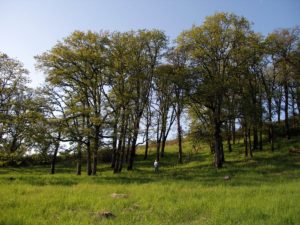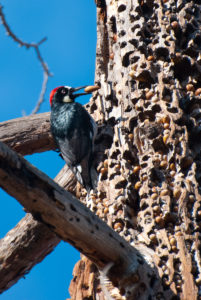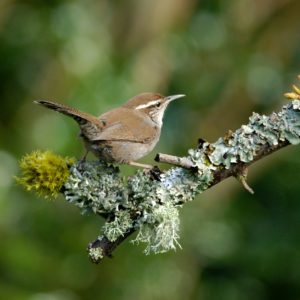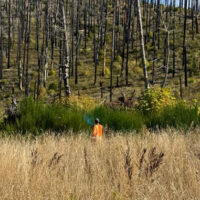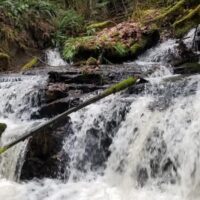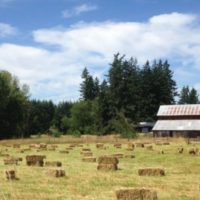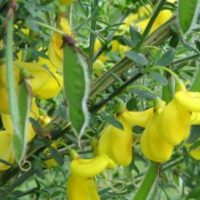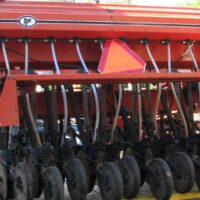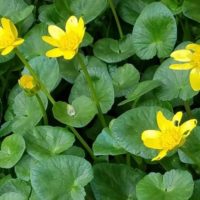If disease and mortality is a constant problem in part or all of your forest land, you may want to reconsider the tree species you have chosen to plant. Not all soil types support the traditional Douglas-fir or pine species that are produced on most forest properties. Depending on the soil type and aspect, you may be more successful planting less traditional species.
Oregon White Oak For Willamette Valley Forests
One possible alternative species for an area that is not favorable for Douglas-fir is the Oregon white oak. This oak was once commonly found in the Willamette Valley. Today only 10% of oak habitat, that thrived in the 1850’s, remains.
Many of the remaining pockets of oak woodland are found on rocky soil with less than desirable conditions for agricultural production. This is one reason they survived the last 100 plus years. While Oregon white oaks do grow well in more productive soils, they are intolerant of shade and are often overtaken by Douglas-fir or big leaf maple. Prior to settlement in the Willamette Valley, oaks were allowed to thrive as fire was used as a management tool, keeping Douglas-fir in check.
Today, fire as a management tool is not generally used by landowners to enhance and protect existing oak woodlands, but landowners should still consider removing competing species such as Douglas-fir and big leaf maple. These trees compete for resources with oak trees and can quickly over-top the slower growing, shade-intolerant oak, causing decline and eventual death of the tree. Removal of the faster growing trees will result in a healthier stand of oak trees that have room to grow.
Oregon White Oak – A Good Fit for Changing Climate
Oregon white oak will also grow well in poorly drained soils that are wet in the winter but become droughty in the summer. Another selling point for Oregon white oak woodlands is high temperature tolerance. According to the publication entitled Hardwoods of the Pacific Northwest, Oregon white oak is very well adapted to hot, dry conditions. They survive where temperatures limit the survival of many species. On the opposite end of the spectrum, Oregon white oak is very resistant to ice and cold damage. They also are not prone to breakage. All are good reasons to reconsider this species for tough spots.
If we have piqued your interest and you now want to find out what soil types are on your property, we direct you to the Web Soil Survey. If you need assistance using this website, please contact the Clackamas Soil and Water Conservation District at 503-210-6000.
Why Do Oaks Matter?
In addition to looking beautiful, Oregon white oak woodlands support over 200 species of native wildlife. Mature, large-diameter oak trees are essential habitat features for native wildlife species. The leaf canopy provides shelter and shade for birds and mammal species. Many years of fallen leaves on the ground around the tree provide important habitat for amphibians and reptiles. The cavities and dead branches provide areas for nesting and storage places for food. Acorns provide an energy-rich food source for many birds and mammals.
Acorn woodpeckers often cache thousands of acorns in the thick bark of the dead limbs of a single “granary” tree to ensure a nutritious food source for the winter. Grubs and insects that live under the bark of the dead branches and under the diverse lichens and mosses found on oak trees are also important sources of food for many species including white-breasted nuthatch and downy woodpecker.
The area around oak trees that have years of decomposing leaves are excellent homes for many reptiles and amphibians such as salamanders, frogs, and snakes. Upper branches make great perches for many birds of prey, including owls and kestrels, looking for a meal.
Downed logs and snags continue to provide for wildlife. If a tree falls in the stream, it will create fish habitat for spawning and rearing. These fish require resting and hiding spaces as well as habitat for aquatic insects that are food for the young and not-so-young fish.
Dead trees or large branches that fall on land are also important in soil development. Fungi and other microorganisms that are needed for soil health are given a home and food as are the animals that live inside and under these logs, like Ensatina salamanders.
Oak woodlands also support bird populations that are different from those in conifer forests. Many neotropical, migratory songbirds, those that breed in North America but winter in Central or South America, rely on oak woodlands. Birds such as Bewick’s wren and chipping sparrow may be seen, and heard, in this type of habitat.
Considerations for Converting from Conifers to Oaks
If you are interested in transitioning your existing conifer forest to oak woodland, be aware of any density requirements that may apply to your forestland. Also, prior to implementing a thinning or oak release project, check with your stewardship forester about notifications that may be required and what stand densities to maintain.
If you are interested in or would like assistance with oak habitat restoration, please contact Clackamas Soil and Water Conservation District at 503-210-6000. We are happy to help.

